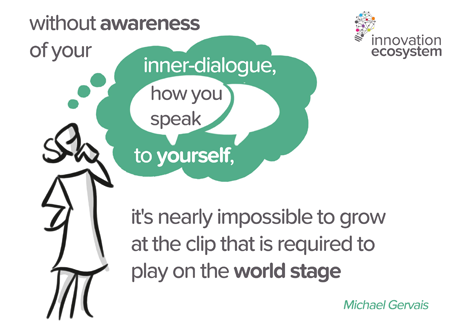Using Design Thinking to make your employees ready for the Internet-of-Things
Recent advances in technology put Internet-of-things (IoT)-innovation on top of the management agenda across industries. It is predicted to increase economic value by $11.1 trillion in 2025 (McKinsey 2015). The Service Science Factory and Noventum collaborated on this article to present a state-of-the art view on the Internet of Things and how to implement this vision within organizations.








